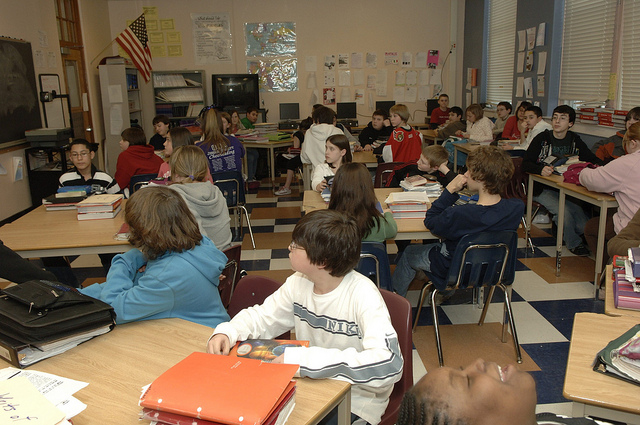Twenty-first century skills require executive functions and technology.
Twenty-first century skills are defined as the primary components that prepare students for work and life in the future. These skills include creative thinking and problem solving, communicating and collaboration, creativity and innovation. Twenty-first century skills also include competencies such as flexibility and adaptability, initiative and self-direction, social and cross-cultural skills, productivity and accountability skills, and leadership and responsibility. Psychologists have been talking about the importance of these skills for years – we call them executive functions.
The third component of twenty-first century skills involves skills in digital literacy, including understanding about digital information, being able to access information effectively, making good decisions to be able to analyze and use media, and being able to apply technology effectively. While twenty-first century skills do not eliminate the needs for basics and core subject learning, there is an emphasis on new literacy and skills that need to be taught in order to succeed in the twenty-first century. From a psychologist’s point of view, it appears that we need to be promoting executive functions in the classroom.
Executive functions are so important in children’s lives because the skills necessary for success today are very different from those that were required in the recent past. We do not need to focus on teaching skills for jobs that are rapidly disappearing from our economy such as in manufacturing and agriculture. Students no longer need to memorize facts that they can easily access on the Internet, master cursive handwriting that will only be used for their signature, or become experts at math calculation.
A twenty-first century education need not focus on rote memorization or the learning of specific skills because most individuals will not stay in one job throughout their lives. Instead, we need to teach children executive-functioning skills that help them to make better decisions, adapt more readily to the changes they will encounter in their world, think about their neighbors both next door and in other nations, and sort out and make sense of the information that bombards them from every direction in their lives.
One of the best ways to teach executive functions in the classroom is to transform students’ use of technology into opportunities to practice executive-functioning skills. Students who are engaged with games, apps, and other tech tools are likely to be more attentive and persistent in their effort and often use twenty-first century skills such as flexibility and adaptability, initiative, and self-direction in their work. Here are some useful classroom strategies for teaching selected executive functions:
Self-Awareness – Set up teams of students to work together cooperatively on a computer-based task, for example, creating a project using Photoshop or some other online design program. Encourage them to create and save their various versions of the project for a retrospective assessment of their work and to discuss their decision making for the final project.
Flexibility – Engage students in setting up a new digital technology in your classroom. This could include programming a cell phone, installing a printer for a computer, or learning how to navigate a new website. Have the students articulate problem-solving strategies and flexible thinking when they find that something is not working.
Time Management – The use of video games as an occasional reward may be helpful in order to get work done more efficiently. Have students estimate how long it will take them to complete a particular assignment in the classroom. If they are able to complete it properly in that amount of time, discuss how they managed their time efficiently and then allow them to play the video game as a reward.




